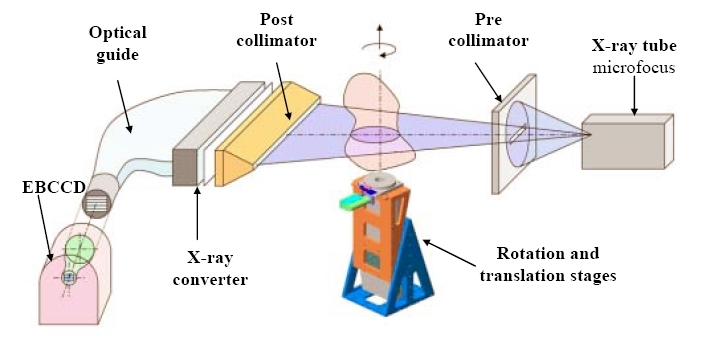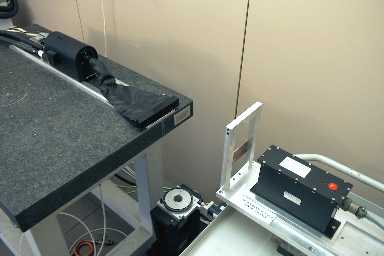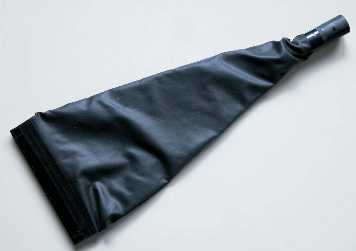|
The aim of our research was to build a new concept linear array detector that satisfied some critical requests:
 high resolution, high resolution,
 extended field of view, extended field of view,
 good response to low intensity X-ray radiation (i.e. an intensified system), good response to low intensity X-ray radiation (i.e. an intensified system),
 a spatial resolution of less than 100 µm over a length of tens of centimetres is achievable, a spatial resolution of less than 100 µm over a length of tens of centimetres is achievable,
 a detector useful even at high energies. a detector useful even at high energies.
The lack of linear intensifiers on the market brought us to adopt an innovative solution for the problem: to "linearize" a standard format intensified CCD camera by using a coherent fibre optics image guide having the shape of a fan.
This system has been patented by the University of Bologna.
SYSTEM DESCRIPTION
A two dimensional radiography can be obtained by translating the object in front of the linear detector, the length being mainly limited by mechanical travel range. The innovative system for Non Destructive Test developed in our labs is a patent of the University of Bologna. The core of the system (shown in figure) is a digital intensified CCD camera, carried out in the last years by the
Geosphaera Research Centre of Moscow, called Electron Bombarded Charge Coupled Device (EBCCD).

The camera has a 1” diameter sensible area and a high voltage intensifier tube (ranging from 5 to 10 kV) with a 1024 x 512
pixel CCD inside. In that way, high sensitivity to light is obtained up to 10-5 lux. The main innovation of the system is a
coherent rectangular-to-linear fibre optics adapter (see figure 2 and 3) coupling the rectangular photocathode of the camera
with a linear X-ray radiation converter screen, made by Gadolinium Oxysulfide (GOS), having an area of 129 mm x 1.45
mm. In that way a high spatial resolution linear array detector is obtained. The detector can be arranged as a X-ray scanner by
means of a high-precision translation mechanical device. The prototype of the X-ray scanner detector has been set in order
to inspect a total area of 13 cm x 18 cm with a spatial resolution of 6.25 lp/mm at 5% MTF. A complete characterization
of the system has been made in terms of Linearity, Dynamic Range, Modulation Transfer Function (MTF), Noise Power Spectrum
(NPS) and Detective Quantum Efficiency (DQE).
 
Figure 2.
Figure 3.
|

